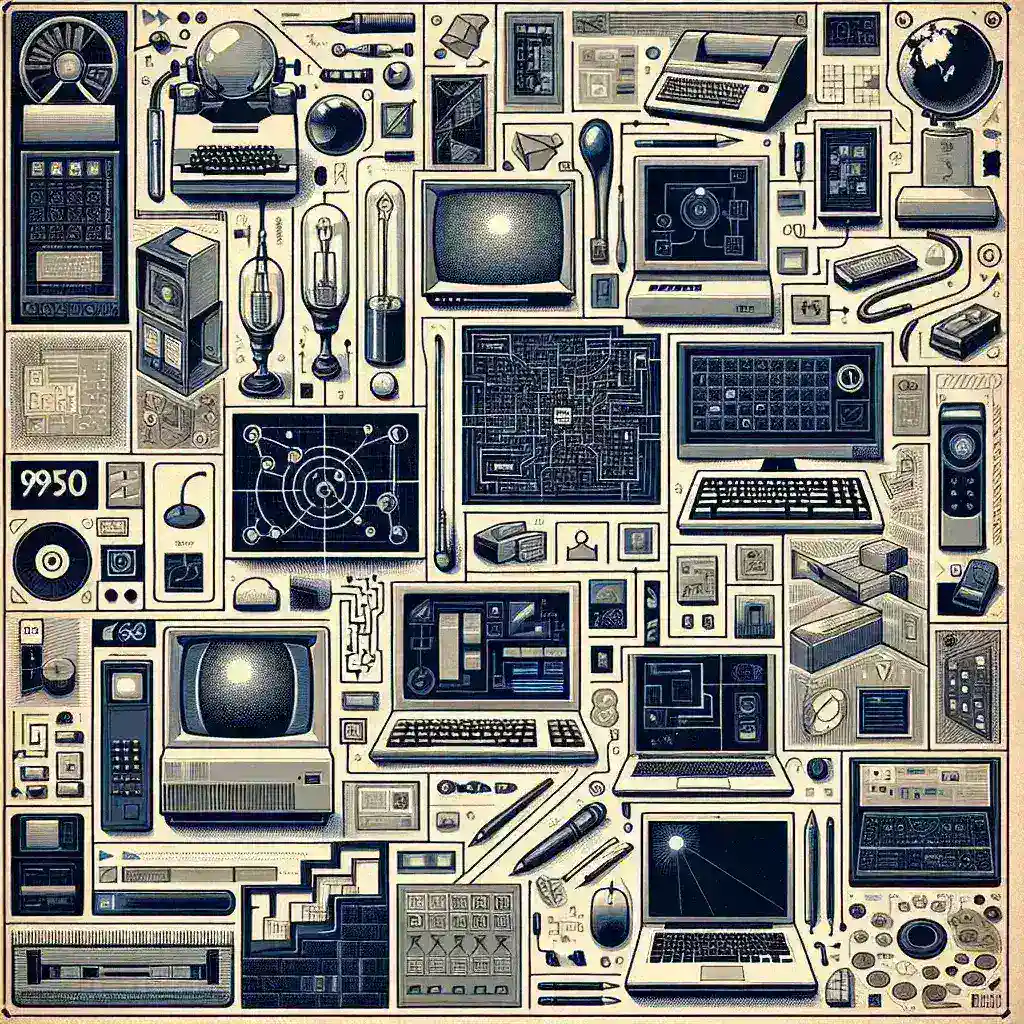The Evolution of Notebook Interface Design
From the humble beginnings of pen and paper to today’s advanced digital notebooks, interface design has played an instrumental role in shaping how we interact with our devices. The early pioneers of interface design laid a foundation that continues to influence modern notebooks. Let’s delve into how these early designs shaped the future of notebook technology.
Historical Context of Early Interface Design
In the late 20th century, the advent of personal computers introduced a new era of interface design. The initial interfaces were rudimentary, relying heavily on text-based commands and limited visual elements. As technology progressed, designers began to understand the importance of user experience, leading to more intuitive interfaces.
The Command Line Interface (CLI)
One of the first types of interfaces was the Command Line Interface (CLI), which required users to input text commands. While powerful, the CLI was not user-friendly, especially for those unfamiliar with programming. This limitation inspired designers to create more accessible interfaces.
The Graphical User Interface (GUI)
The introduction of the Graphical User Interface (GUI) in the 1980s revolutionized how users interacted with computers. The GUI allowed users to interact through visual elements such as icons and windows. This shift made technology more approachable and set the stage for modern notebook interfaces.
Impact on Digital Notebooks
As GUI technology evolved, it influenced the design of digital notebooks. The transition from physical notebooks to digital formats began with early software applications that mimicked paper layouts. These applications aimed to provide users with a familiar experience while taking advantage of digital capabilities.
Key Innovations in Early Notebook Design
Several key innovations in early notebook design have had lasting impacts on how we use notebooks today.
- WYSIWYG Editors: The introduction of What You See Is What You Get (WYSIWYG) editors allowed users to see how their text would appear when printed. This innovation increased user confidence and expanded the functionality of digital notebooks.
- Rich Text Formatting: Early digital notebooks incorporated rich text formatting options, enabling users to customize their notes with various fonts, colors, and styles. This feature appealed to users seeking personalization in their digital writing tools.
- Search Functionality: The ability to search through notes quickly became a game-changer. Users could find specific information within their notebooks, increasing efficiency and productivity.
Cultural Relevance and User Engagement
The early interface designs of notebooks did not just change how we interact with technology; they also influenced cultural trends. As digital notebooks became more prevalent, they facilitated a shift in the way people organized their thoughts and shared information.
The Rise of Collaborative Note-taking
With the advancement of digital notebooks, collaborative note-taking emerged as a significant trend. Early designs allowed multiple users to access and edit notes simultaneously, fostering teamwork and enhancing learning experiences. This feature appealed to students and professionals alike, making collaborative projects more streamlined.
Integration with Cloud Technology
The integration of cloud technology further transformed notebook interfaces. Early adopters of digital notebooks began to appreciate the convenience of accessing their notes from any device with internet connectivity. This shift led to the development of cloud-based notebook applications that prioritize accessibility and real-time collaboration.
Future Predictions: Where Notebook Design is Headed
As we look to the future, several trends appear poised to shape the next generation of notebook interfaces.
Artificial Intelligence and Machine Learning
Advancements in artificial intelligence (AI) and machine learning may lead to smarter notebook interfaces. AI algorithms could analyze user behavior, suggesting organizational structures and content enhancements to improve user experience.
Augmented Reality (AR) Integration
With the rise of AR technology, future notebooks may incorporate immersive experiences that blend the digital and physical worlds. Imagine taking notes in a 3D environment where users can interact with their content in entirely new ways.
Conclusion: The Lasting Legacy of Early Interface Design
The early interface design of notebooks has profoundly influenced how we interact with our devices today. The transition from command-line interfaces to graphical user interfaces paved the way for innovative features that enhance productivity and collaboration. As technology continues to evolve, the legacy of early designers will undoubtedly inspire future advancements in notebook design.
By understanding the historical context and innovations that shaped our notebooks, we can better appreciate the tools we use for creativity and organization today. The journey of notebook design demonstrates the importance of user-centered design, adaptability, and forward-thinking in technology.

